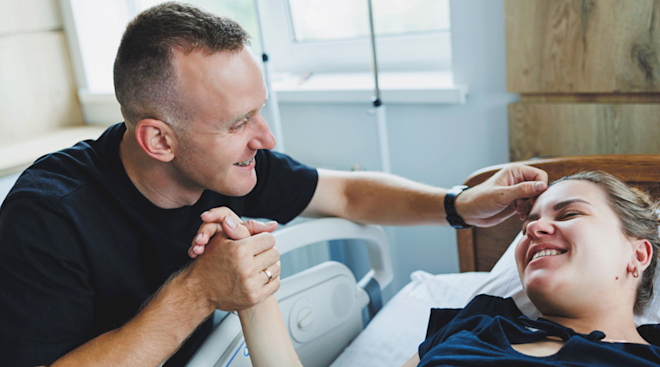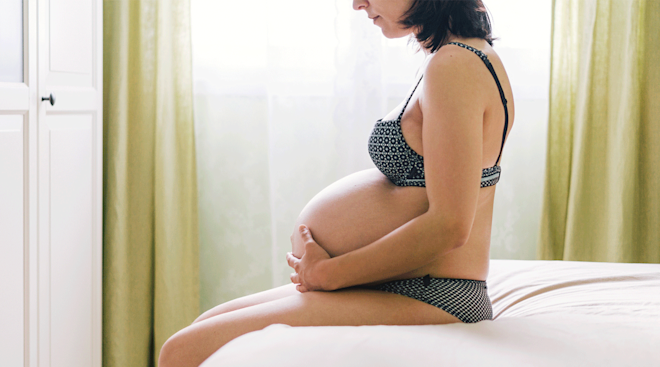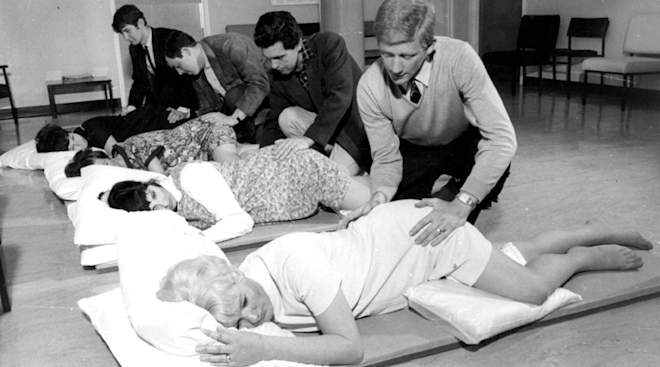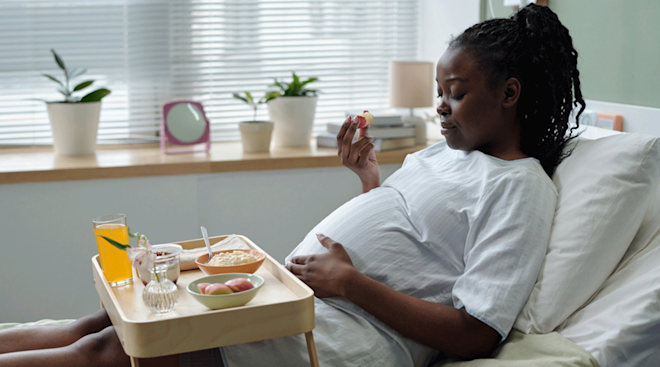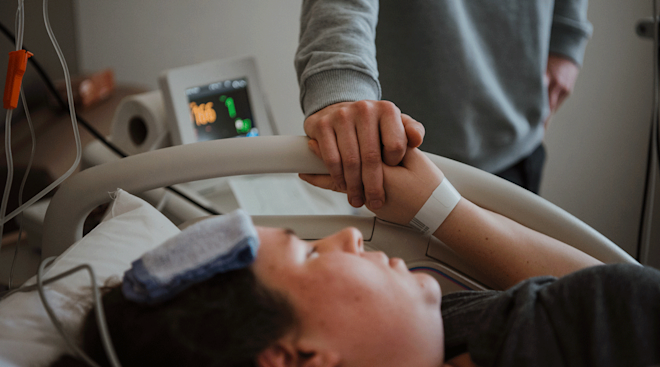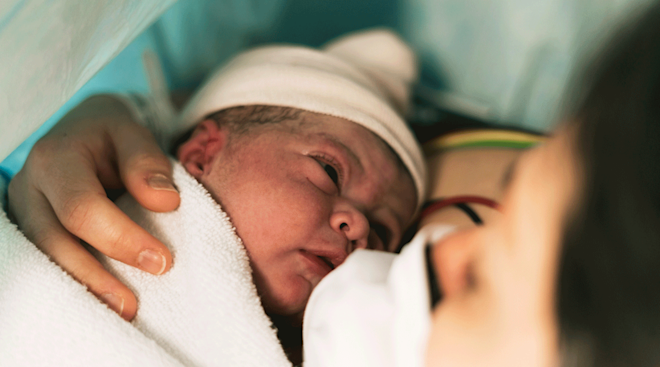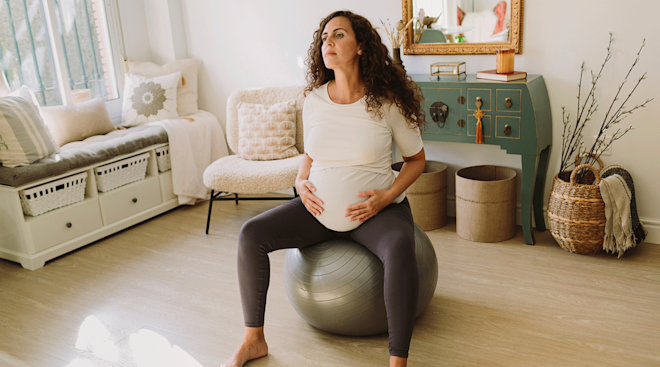Q&A: Delivery Complications With Multiples?
Having multiples means you should be prepped and ready for a pregnancy that comes along with its own set of rules – and of course, its own set of possible complications. So what’s your first step? As soon as you’re diagnosed with multiples, ask your doctor for a referral to a Maternal Fetal Medicine Specialist who can perform a higher level of ultrasound. This ultrasound should tell you if you’re carrying identical or fraternal twins. If you’re carrying identical twins, you’ll be at a higher risk of complications and should make sure you’re monitored closely from as early on as about two weeks.
Read on for a rundown on the top three complications you’re at risk for now that you’re carrying multiples, and how you can be prepared for everything.
TTTS is the number one complication affecting identical twins, so you should be aware of it. It happens when one of the babies doesn’t have enough blood and the other has too much. Left untreated, severe TTTS can result in the loss of both fetuses in up to 90% of pregnancies. So to ensure that it’s detected and treated early, you’ll want to ask your doc if any of your babies share a placenta, and if so, make sure the doctor is monitoring for TTTS regularly.
Gestational diabetes and preeclampsia
You may also be more likely to develop gestational diabetes or preeclampsia (which is characterized by high blood pressure) during a multiple pregnancy. Both of these conditions are relatively common when carrying multiples, but doctors should be checking for them often and can advise you on ways to control them once you’ve been diagnosed.
Delivery complications
Newborn multiples typically weigh less than single babies and tend to be born earlier, which can make them vulnerable to lots of different health issues. In order to help them grow strong and stay inside of you for as long as possible, you’ll want to make sure you put on enough weight – at least 24 pounds by the 20 week mark.
Carrying multiples automatically means your pregnancy is classified as high-touch, and having identicals classifies you as high-risk; but don’t let that worry you. The good news is your doctor will be even more attentive to you throughout your pregnancy, so don’t hesitate to ask questions when you have them.
Please note: The Bump and the materials and information it contains are not intended to, and do not constitute, medical or other health advice or diagnosis and should not be used as such. You should always consult with a qualified physician or health professional about your specific circumstances.
Navigate forward to interact with the calendar and select a date. Press the question mark key to get the keyboard shortcuts for changing dates.

































